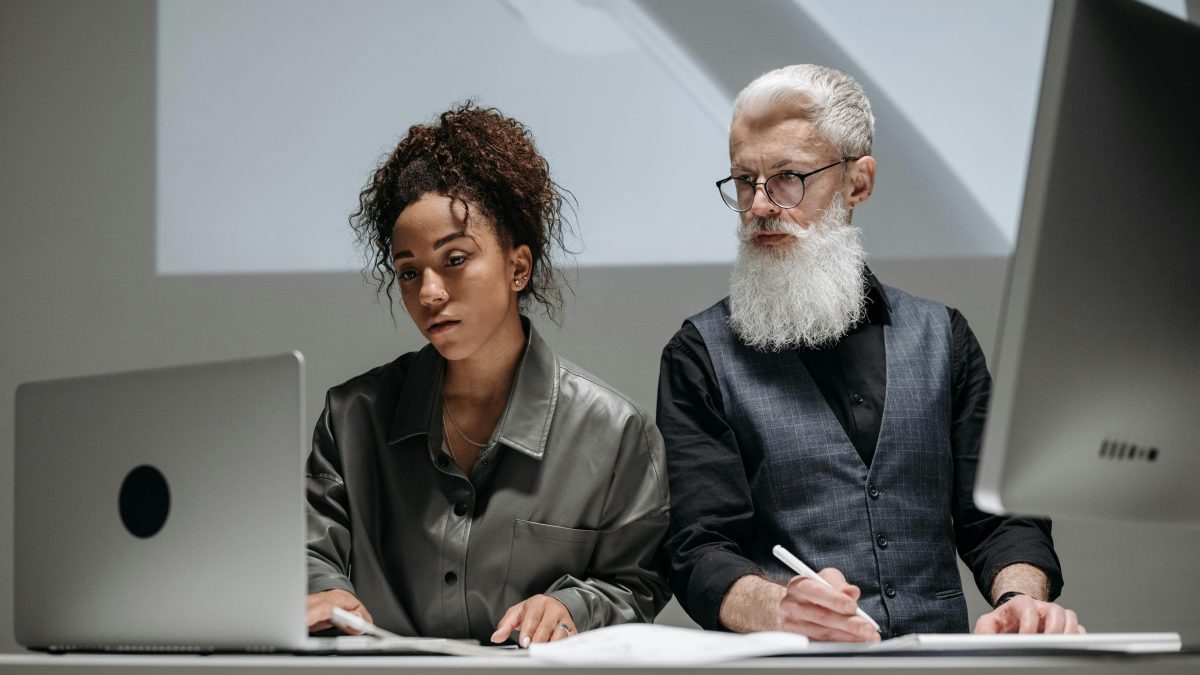Our laptops are daily companions, carrying out essential tasks, keeping us connected, and acting as personal libraries, photo albums, and entertainment centers. While we might guard them from the obvious dangers—drops, spills, and dust—there are some more unusual risks that many don’t realize can cause damage. Here’s a look at three surprising threats that could harm your laptop and what you can do to keep it safe.
Table of Contents
#1. Extreme temperature fluctuations
Temperature swings can be an unexpected hazard for laptops. Most of us know to avoid leaving our devices in a hot car, but sudden changes between extreme cold and warm temperatures can also be harmful. Imagine you’re working outside on a cold winter day, then head indoors to a warm room. The temperature shift can create condensation inside your laptop, potentially causing moisture to build up around sensitive electronic components. Over time, this moisture can corrode parts, damage circuitry, or even short out your laptop entirely.
Always let your laptop adjust to room temperature gradually after moving from a very hot or cold environment. For instance, if you’ve been outside in cold weather, wait 10-15 minutes before turning it on indoors. You can also use a laptop sleeve or case that provides insulation from sudden temperature changes. And when traveling, avoid leaving your laptop in places like the trunk of your car, where temperatures can reach extremes, both hot and cold.
#2. Magnetic interference
It may come as a surprise, but the magnetic interference from items like speakers, cell phones, or even magnetic clasps on bags can potentially affect your laptop. Though today’s laptops are more resilient to magnetic exposure than older models, powerful magnets can still mess with your laptop’s hard drive, cause interference with its display, or even impact battery life over time. This is especially true for laptops with older-style hard drives that use magnetic platters, although modern SSDs are more resistant.
Keep strong magnets, such as those in high-powered speakers, away from your laptop. If you often carry your laptop in a bag with magnetic clasps, check that they’re not too close to the device, or consider switching to a different bag. Additionally, avoid placing your cell phone directly on top of your laptop keyboard, especially if you’re charging both devices at the same time, as the magnetic field from one can interfere with the other over time.
If your laptop starts showing display issues or struggles with performance, and you suspect magnet interference might be at play, it’s best to consult a technician. Some issues may require specialized tools or knowledge to address.

#3. Rough handling during charging
We all know that rough handling, like dropping or bumping your laptop, can be harmful. However, one subtle danger is rough handling while your laptop is plugged in and charging. Tugging on the power cord, twisting it, or even moving your laptop around while it’s charging can put a lot of stress on the charging port. Over time, this can loosen the port, create connection issues, and potentially damage your battery. In some cases, rough handling can even lead to small sparks, which could fry the laptop’s internal components or result in a fire hazard.
Another problem with charging ports is that, if the cord is pulled too abruptly, it can damage the port or even cause a crack on your screen by putting pressure on the laptop in unexpected places. Once you’re dealing with screen cracks, it’s often better to turn to pros to Fix a Laptop Screen than to attempt a repair at home, as it can be tricky and expensive to get it done right.
When charging your laptop, avoid moving it around too much or putting strain on the cord. If you need to switch spots, unplug it first, then plug it in again once you’re settled. If your charging port seems loose or you notice sparks, don’t ignore it—have a technician check it out to prevent long-term damage.
Conclusion
Keeping a laptop in top shape means going beyond the obvious risks and considering some of the unusual ways it can be damaged. From temperature fluctuations and magnetic fields to the way we handle it during charging, there are more subtle threats out there that could impact the lifespan and performance of our devices.
By staying mindful of these hidden risks, you can keep your laptop safer and prolong its functionality. If you find that one of these dangers has already caused some damage, whether it’s a screen crack from an unexpected bump or an internal issue from temperature-related moisture, remember that professional help is always available.
Expert technicians can help you assess and fix problems that aren’t always visible on the surface. So, with a little extra care and by addressing issues early, you’ll have a laptop that can keep up with you and your daily routine without a hitch.

